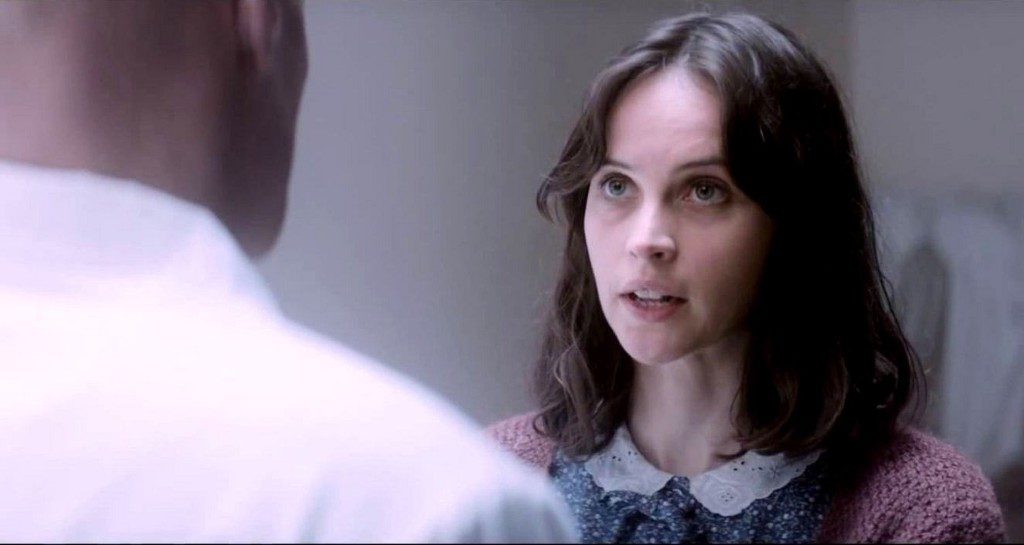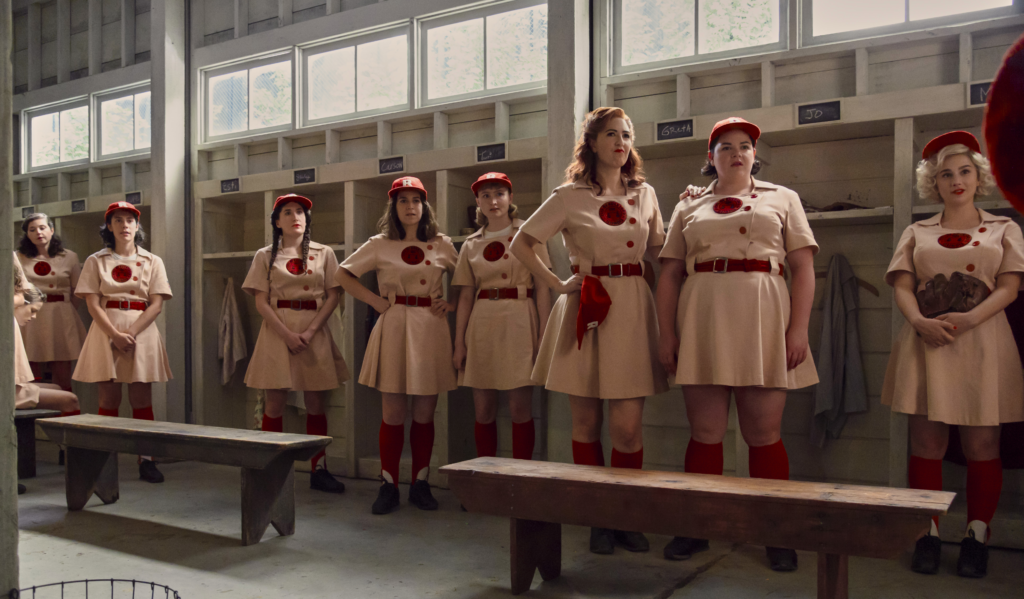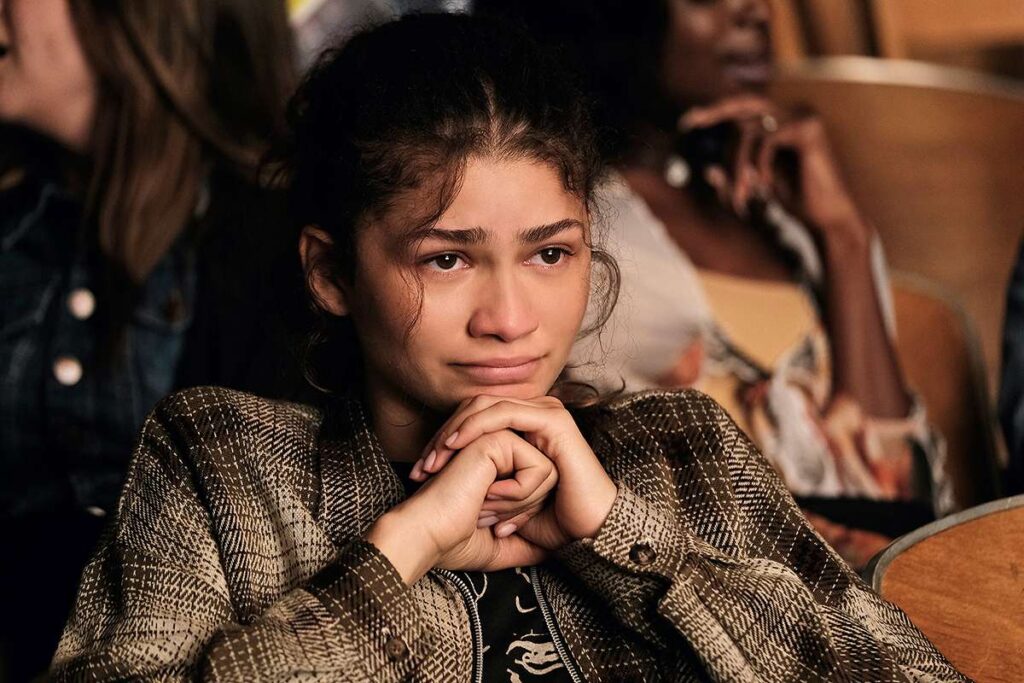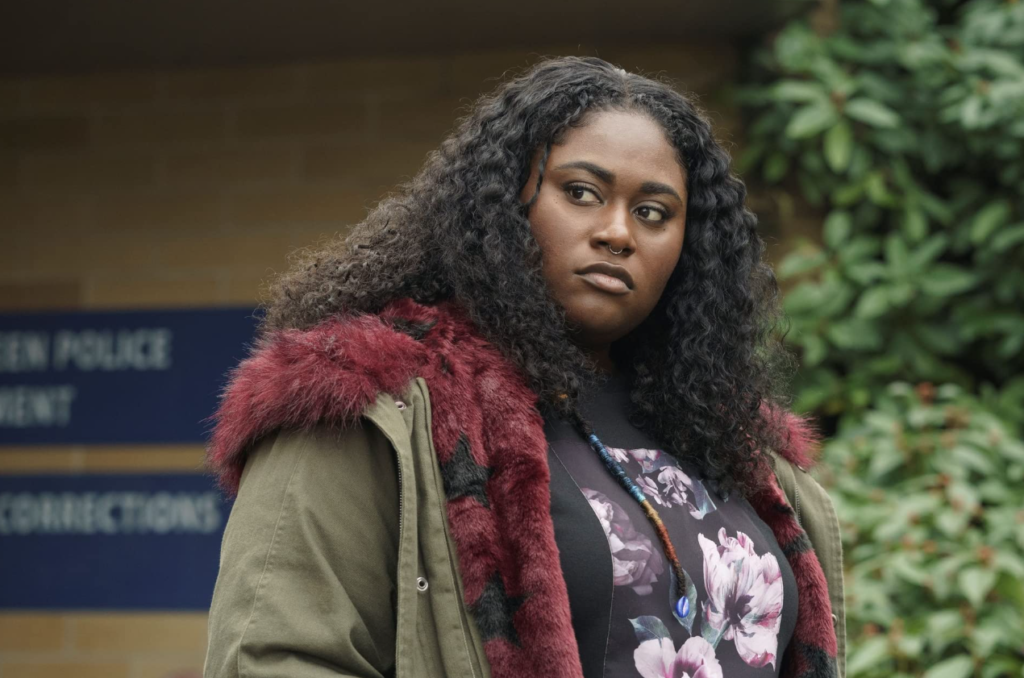When did featuring a woman as the driving force in a movie become a liability instead of a strength?
This question came to mind when the films in the running for the best-picture Oscar were revealed last month. All eight titles featured stories that focused on a single male or a group of men. The fact that voters had the option to nominate up to 10 movies yet didn’t do so unfortunately suggests that no film with a female protagonist was deemed good enough.
It’s true that the second decade of the 21st century has delivered several notable best-picture candidates that broke through the gender barrier, especially in 2010 when Black Swan, The Kids Are All Right, and Winter’s Bone were in the mix. More recently, 2011 made do with The Help. 2012 came on stronger with Beasts of the Southern Wild and Zero Dark Thirty alongside the male-female pairings of Silver Linings Playbook and Amour. 2013 did okay with Gravity and Philomena.
Not that any of these movies came away the winner. You have to go back to 2004 with Million Dollar Baby to find a best-picture winner with a central female character. That this year’s class of movies salutes manly feats but doesn’t have room for a single female story is a sad reality.
The most telling fact? There is only one Best Actress candidate, Felicity Jones of The Theory of Everything, who qualifies as a lead in a Best Picture nominee.
Of course, if Hollywood didn’t bother to make enough awards fare that place women front and center last year, then why should the voters go out of their way to scrounge one up?
Admittedly, in a category heavy on biopics, Reese Witherspoon’s Wild certainly was as ballot-worthy as American Sniper, The Imitation Game, The Theory of Everything, and Selma. And what is with the cold shoulder given to Gone Girl and Into the Woods, both well-received hits?
Jen Chaney, a film and pop culture writer for The Dissolve whose book As If!: The Oral History of Clueless arrives on July 7, notes, “That the category is usually focused on male characters is a reflection of Hollywood more broadly. In some ways, we seem to be going backwards instead of forward in terms of female voices being seen and heard in mainstream cinema, and it just doesn’t make sense.”
It does make one long for a more enlightened time when women weren’t just valued in the film industry, but positively revered. Consider the 1930s, for example, when talkies took over and moviegoers escaped into darkened theaters in droves to forget about the Great Depression.
The only common link between the two most popular box-office draws in that decade? They were both female: the soft-hearted battle-axe Marie Dressler, best known for partnering with Wallace Beery in Min and Bill (the source of her Best Actress Oscar) and Tugboat Annie, and the precociously talented tot Shirley Temple. Neither was age discrimination in vogue, apparently, what with Dressler in her 60s and Temple just a few years out of diapers.
It was during this period, when the all-male studio executives not just counted on but understood that audiences appreciated these silver -screen goddesses, that the Academy first allowed anywhere from eight to 12 titles to compete for best picture. And, wouldn’t you know, many of those titles often provided major showcases for female stars, ranging from Mae West in She Done Him Wrong and Katharine Hepburn in Little Women from 1933 to Luise Rainer in The Good Earth and Janet Gaynor in A Star Is Born from 1937.
But what is most eye-opening is the Best Picture race from 1939, often considered the greatest movie year in Hollywood history. It was one of those magic moments when artistry found its way into a popular medium, creating a catalog of classics that endure to this day.
Of course, Gone With the Wind swept much of the competition away at the Academy Awards that year, collecting eight trophies including Best Picture. But how ironic that this rare war epic told from a distinctly female point of view remains the highest-grossing movie of all time when adjusted for inflation. The overtly melodramatic story might contain a dated depiction of racial relations and a questionable incident of forced marital sex. But Vivien Leigh’s portrait of the indestructible Southern belle Scarlett O’Hara is still one of the most unforgettable big-screen performances by an actress and the prime reason it is still watched.
But the treasure trove of 1939 cinema didn’t end there, especially where Oscar was concerned. The Best Picture race was a veritable gold mine of women’s stories. With its dueling witches and Judy Garland’s beguiling rendition of Dorothy, The Wizard of Oz is charged with female energy. And, much like Gone With the Wind, it has an ageless appeal that continues to enchant generation after generation.
Also competing: Bette Davis at her redemptive peak in Dark Victory; Greta Garbo doing comedy with rare flair in Ninotchka; and the stunning Merle Oberon as Emily Bronte’s gothic heroine Cathy in Wuthering Heights. Add to that such romantic couples as then-newcomer Greer Garson and Robert Donat in Goodbye Mr. Chips, Irene Dunne and Charles Boyer in the high-class tearjerker Love Affair, Jean Arthur as a sprightly girl reporter and James Stewart as a wet-behind-the-ears senator in Mr. Smith Goes to Washington, and you pretty much have a who’s who of the top actresses of the day.
There exists an expansive richness in the variety of womanhood on display in these films that barely exists in movies nowadays. The lone female-led titles that were the highest-grossers in their year of release since 1980, according to Box Office Mojo? Last year’s The Hunger Games: Mocking Jay — Part 1 and 2013’s The Hunger Games: Catching Fire, both action thrillers based on books written for younger readers. As good as Jennifer Lawrence is as warrior Katniss Everdeen, it is barely in the same league as a major cinematic achievement like Gone With the Wind, also an adaptation of a bestseller.
“It’s interesting to compare the cinematic landscape in 1939 to 2015, not only in terms of quality but in terms of how decisions were made and what broader cultural sensibilities were like,” says Chaney. “Mainstream audiences today have a multitude of entertainment options — far, far more than they did in the late 1930s. Studios now are looking for guaranteed profits, which means they are seeking movies they feel certain will attract as many people as possible.” In other words, commerce trumps art in almost every case.
Of course, it has already been proven that if you build a film primarily about women that displays broad appeal and attracts a built-in fan base, ticket buyers will not only come, but will positively swarm to such offerings as Sex and the City, Mamma Mia!, Twilight, Bridesmaids, Frozen, Gravity, and even Melissa McCarthy comedies. The key, says Chaney, is getting decision makers to consider those movies “a standard approach, as opposed to anomalies that run counter to the usual way Hollywood does things.” Continuing to mainly greenlight projects that are made for men and by men isn’t necessarily good business. Gone With the Wind studio mastermind David O. Selznick certainly knew that.
That got me thinking. Let’s see if we take this year’s crop of Best Picture nominees and find a corresponding more female-friendly nominee in the past that shares common themes and plots, just to show today’s Hollywood that it can be done.
2015 version: American Sniper, about a Texas sharpshooter (Bradley Cooper) trained to kill, whose multiple tours of duty in Iraq leave him with post-traumatic stress disorder and unable to cope with life back home with his wife and children.
1978 version: Coming Home, about a love triangle between a young wife (Jane Fonda), her overseas Marine husband (Bruce Dern) who develops post-traumatic stress disorder, and the paralyzed Vietnam veteran (Jon Voight) she meets as a volunteer at a military hospital.
2014 version: The Imitation Game, which presents World War II as seen through the eyes of Alan Turing (Benedict Cumberbatch), a genius gay British cryptanalyst who helped crack Germany’s Enigma code and whose breakthroughs in computer science continue to inspire the world today.
1959 version: The Diary of Anne Frank, which presents World War II as seen through the eyes of a bright adolescent Jewish schoolgirl (Millie Perkins), who keeps a journal of her time hiding out from the Nazis with her family in a cramped attic in an Amsterdam factory. Her diary accounts continue to inspire the world today.
2014 version: Selma, a historical account of how Martin Luther King Jr. (David Oyelowo) organized the Selma to Montgomery march in 1865 to protest the lack of black voting rights in the racially divided South.
2011 version: The Help, a fictionalized account of how black maids who worked for well-off white families in Jackson, Miss., in 1964 decide to share their often-harrowing life stories with a white female writer (Emma Stone), whose eventual book causes a sensation in the midst of the civil rights movement.
2014 version: Birdman, in which a fading Hollywood star (Michael Keaton) attempts to restore credibility to his career and conquer his self-doubt by staging and starring in a serious Broadway show as he undergoes a mental breakdown.
2010 version: Black Swan, in which an ambitious young ballerina (Natalie Portman) pushes herself to the edge while suffering from delusions as she attempts to conquer her self-doubt to master the difficult main role in Tchaikovsky’s Swan Lake.
2014 version: Whiplash, where a cocky jazz drummer (Miles Teller) at a conservatory is put through the ringer by his cruel taskmaster of a music teacher and ends up literally bleeding for the sake of his art.
1948 version: The Red Shoes, where a gifted young dancer (Moira Shearer) is manipulated by a demanding and devious ballet company impresario who destructively pushes her to her limit with tragic results.
2014 version: The Theory of Everything, which tells the true story of brilliant astrophysicist Stephen Hawking (Eddie Redmayne), who, with support from his dedicated wife, achieves greatness in his study of the cosmos.
1943 version: Madame Curie, which tells the true story of brilliant physicist and chemist Marie Curie (Greer Garson) who, with the support of her dedicated husband, was a pioneer in the field of radiation.
2014 version: The Grand Budapest Hotel, an ensemble piece that follows the comings and goings at a once-bustling Old World resort at the brink of World War II while centering on the odd-couple relationship between an innocent lobby boy (Tony Rovolri) and a seen-it-all concierge (Ralph Fiennes).
1932 version: Grand Hotel, an ensemble piece that follows the comings and goings at a Berlin resort that focuses on residents both female, such as a distraught Russian ballerina (Greta Garbo) and a stenographer who has ambitions to become an actress (Joan Crawford), and male, such as a disfigured World War I veteran (Lewis Stone) and a baron down on his luck (John Barrymore).
2014 version: Boyhood, which follows 12 years in the life of a curious young Texas boy (Ellar Coltrane) as he survives his parents’ divorce and encounters both joys and disappointments on his way to becoming a man.
1962 version: To Kill a Mockingbird, which follows a pivotal three years in the life of a curious young Southern girl (Mary Badham) who survives some harsh realities when her widower lawyer father takes on a racially divisive court case representing a black man accused of raping a white woman.
See? That wasn’t so hard.







